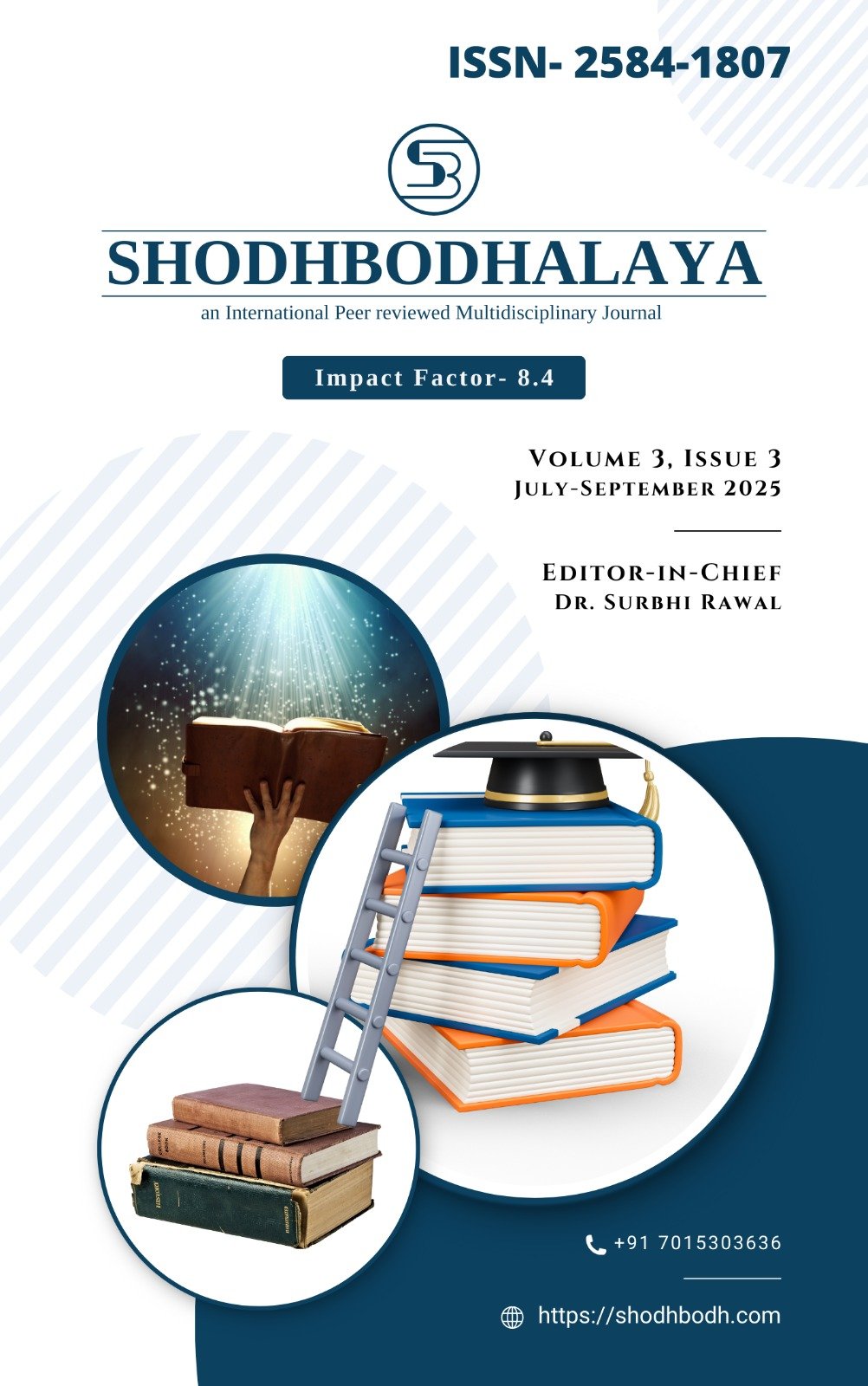Ecological Interactions and Seasonal Shifts in Butterfly Fauna in Sariska
DOI:
https://doi.org/10.64675/Keywords:
Butterfly fauna, seasonal shifts, ecological interactions, habitat preferences, climate factors, Sariska Tiger Reserve, conservation strategies.Abstract
This study investigates the seasonal shifts in butterfly fauna within the Sariska Tiger Reserve, located in Rajasthan, India, emphasizing ecological interactions, habitat preferences, and the impact of climate factors on butterfly populations. The research spans one year, analyzing butterfly distribution across forests, grasslands, wetlands, and riparian zones. Our findings highlight the dynamic changes in butterfly species abundance and diversity, particularly during the monsoon season, which saw the highest population peaks. Nymphalidae, Pieridae, and Papilionidae were the most abundant families, with notable shifts in dominance based on season and habitat type. Forests hosted the highest species richness, whereas grasslands supported larger butterfly populations, especially Pieridae. Wetlands and riparian zones, though smaller in species richness, were crucial for seasonal specialists. The study emphasizes the significant role of host plants and nectar availability in sustaining butterfly populations, while also examining the effects of temperature, rainfall, and humidity on their life cycles. The research demonstrates the importance of preserving habitat diversity for effective butterfly conservation and provides insights into how seasonal and climatic changes influence the long-term viability of butterfly communities. This work offers valuable data for designing conservation strategies to protect these key pollinators in the face of environmental and climate change challenges.










